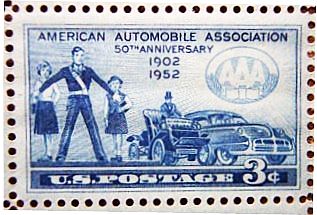| Excerpt from www.NDMA.COM, © 2025 N. Dean Meyer and Associates Inc.
Analysis: Safety Group Accountable for Safety
holding a safety function accountable for safety is expensive and dangerous
by N. Dean Meyer
[excerpt from the book, Principle-based Organizational Structure]
A local water district serving nearly 10 million households employed staff in three shifts to operate and repair its facilities. 21 Separately, a Safety and Environmental Compliance group did inspections, supervised the handling of hazards, and oversaw the Operations staff while they did the work. For example, they monitored oxygen in man-holes while workers were inside, inspected welders' equipment, and oversaw excavations.
Under the CEO were these two groups (among others):
This structure didn't work at all well. Here's what happened....
Safety Was ReducedWork crews weren't trained in safety, since the Safety group was supposed to take care of that. But Safety staff couldn't oversee every detail. Worse, sometimes work crews grew impatient waiting for Safety staff to show up, and went ahead without them. So mistakes were made, and the number of safety incidents went up. After paying a large fine for an environmental accident, the Board hired a respected consulting firm to benchmark the water district against high-performing peers. The study found that they suffered incidents five to seven times the average, and incurred fines that were three to five times the average.
Costs IncreasedAt that time, the 80-person Safety group was requesting an additional 20 staff. However, that same study found that best practices were just 5 to 10 safety experts dedicated to establishing policies, training workers, and collecting data. The economics were clear. A Safety group held accountable for other people's behaviors was less effective and more expensive.
Bottom LineSafety is an attribute of people's work, not a product in itself. Everybody must run safe businesses and produce safe products. So the Safety group should have been in the business of providing training and consulting to Operations, not "implementing safety." Similarly, everybody is accountable for satisfying their customers and supporting their customers. Customer Service functions are there to help everybody do so, not relieve them of their accountabilities. Similarly, everybody must be clear about what different levels of funding will "buy." Then, business leaders (not just the CFO) can decide what they're willing to pay for. A budget describing the cost of proposed deliverables (what you propose to "sell," not just what you propose to spend) is termed "investment-based budgeting." This changes the budget dialog from haggling over expenses to a fact-based discussion of business needs and investment opportunities. Viewing every group as a business-within-a-business brings all these challenges into perspective, and guides you to put accountabilities (and authorities) in the right place.
|


